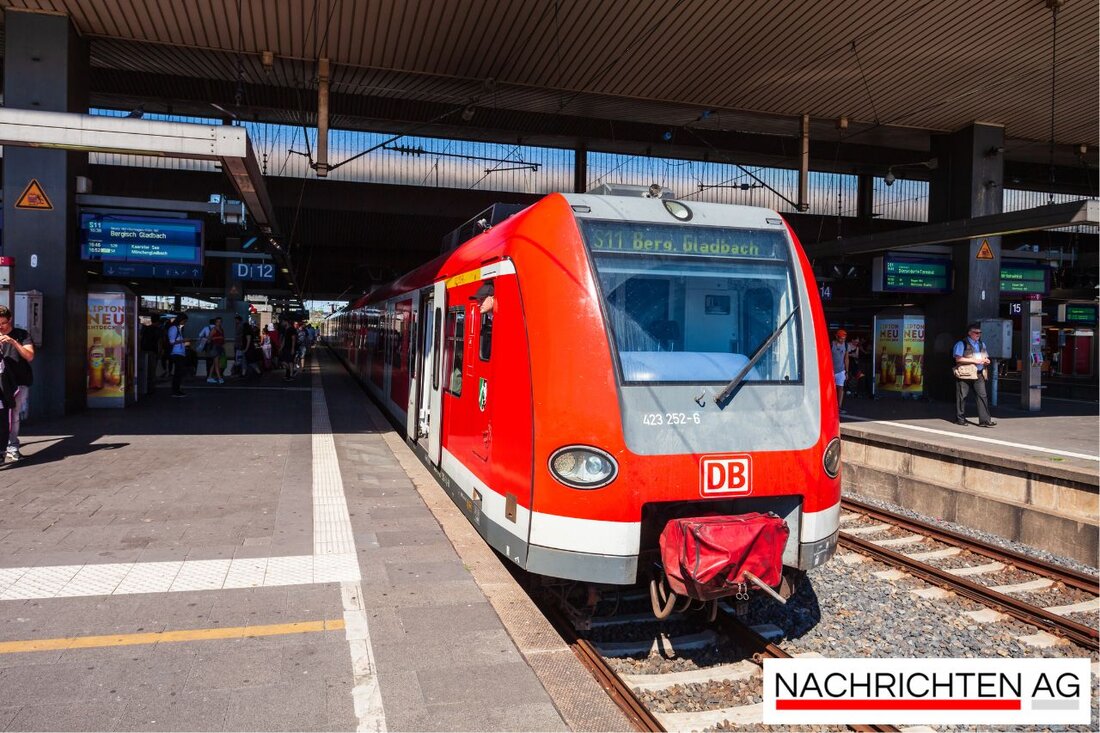A new start for rail: Homburg-Zweibrücken is being reactivated!
The reactivation of the Homburg-Zweibrücken railway line will start in 2025; important project for the connection by the end of 2028.

A new start for rail: Homburg-Zweibrücken is being reactivated!
The first step into a new era of rail transport has been taken: On October 12, 2025, the official groundbreaking ceremony for the reactivation of the railway line between Homburg (Saarland) and Zweibrücken (Rhineland-Palatinate) took place in Zweibrücken. This connection, which has been closed since 1991, will now be put back into operation by the end of 2028. With reactivation, the mode change could contribute to an attractive and more environmentally friendly means of transport, which was also emphasized by Saarland Prime Minister Anke Rehlinger (SPD). Rail.de reports that the line is being electrified and Deutsche Bahn is planning extensive modernization work.
Both Anke Rehlinger and Rhineland-Palatinate Prime Minister Alexander Schweitzer (SPD), who described the project as “important” for the region, spoke at the ceremony. The federal funds for the reactivation amount to around 80 million euros, with a large part of these costs being borne by the federal government. These investments are in line with the federal government's goals of significantly expanding rail transport by 2030 and increasing the share of rail freight transport to 25%, as the VDV reports.
Nostalgia and modernization
The groundbreaking celebrations coincided with the anniversary of the Landau – Pirmasens – Zweibrücken railway line, which looks back on 150 years of rail transport. That's why nostalgia trips were organized. A steam train shuttled between Pirmasens Nord and Zweibrücken at the weekend, while historic wagons reminded visitors of the golden age of railways. The steam trains were real eye-catchers and invited people to rediscover the region.
The planned reactivation does not only have historical roots; It should also significantly increase the current passenger numbers and the rail service. Detailed information on the planned S-Bahn connection, which will directly link the two cities, is still awaited, but it is clear that the route will be of great benefit to both commuters and tourists. The Saarland Radio reports that a total of 11 kilometers of overhead lines will be built and five level crossings and three stops will be modernized.
Looking into the future
The reactivation of the Homburg-Zweibrücken railway line is part of a larger plan to be implemented in Germany in the coming years. There are considerations to reactivate a further 325 disused routes, which could give over 3.8 million people access to the rail network again. These measures are in line with the federal government's climate goals of reducing greenhouse gas emissions by 55% by 2030 and are also intended to strengthen rural regions.
The increasing importance of rail transport is also evident in the upcoming investment program, which is supported by the Municipal Transport Financing Act and thus makes it easier to implement many projects. One thing is clear: a modern, well-developed rail infrastructure makes a valuable contribution to sustainable mobility and improves the quality of life in the affected regions.

 Suche
Suche
 Mein Konto
Mein Konto